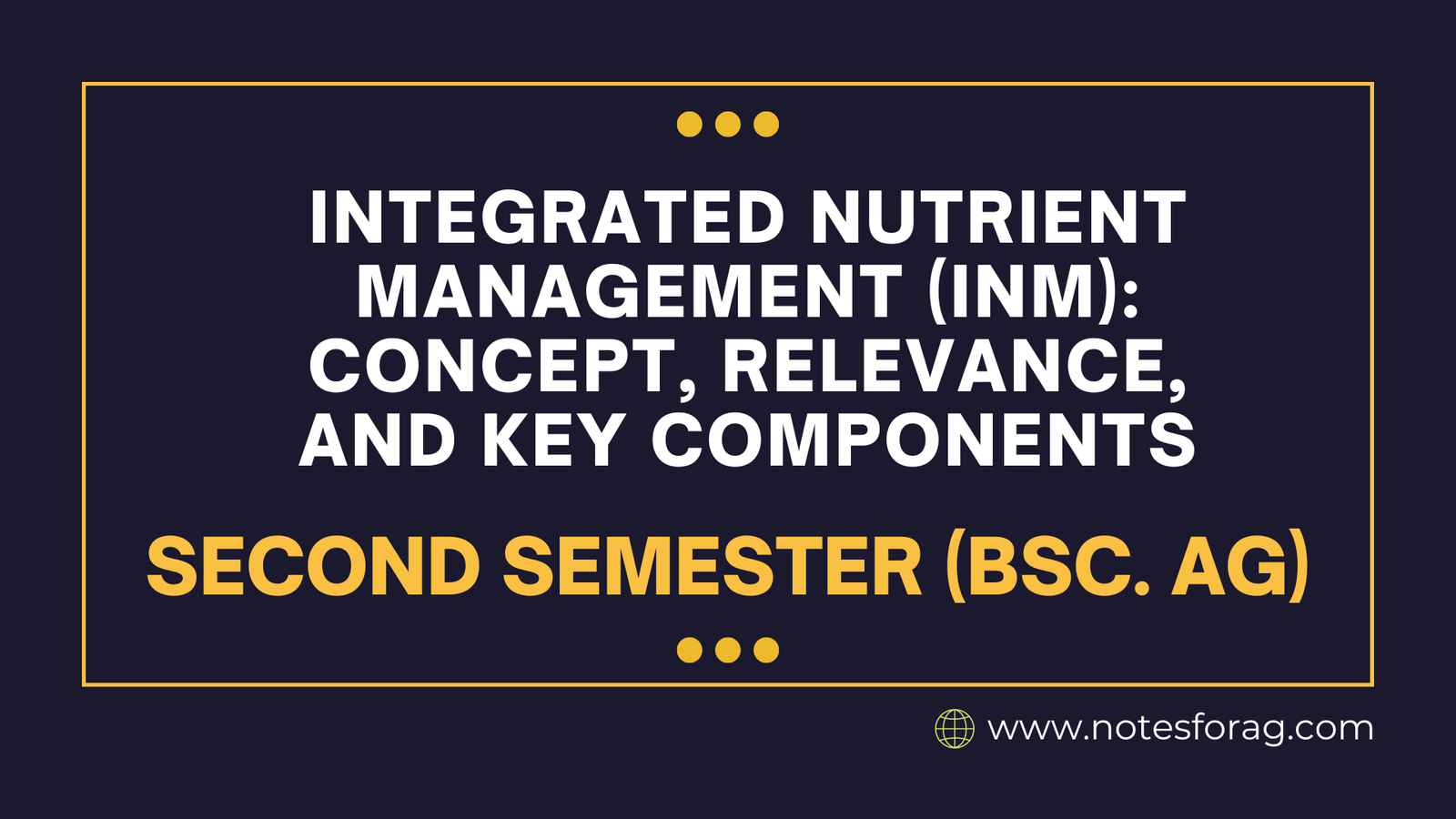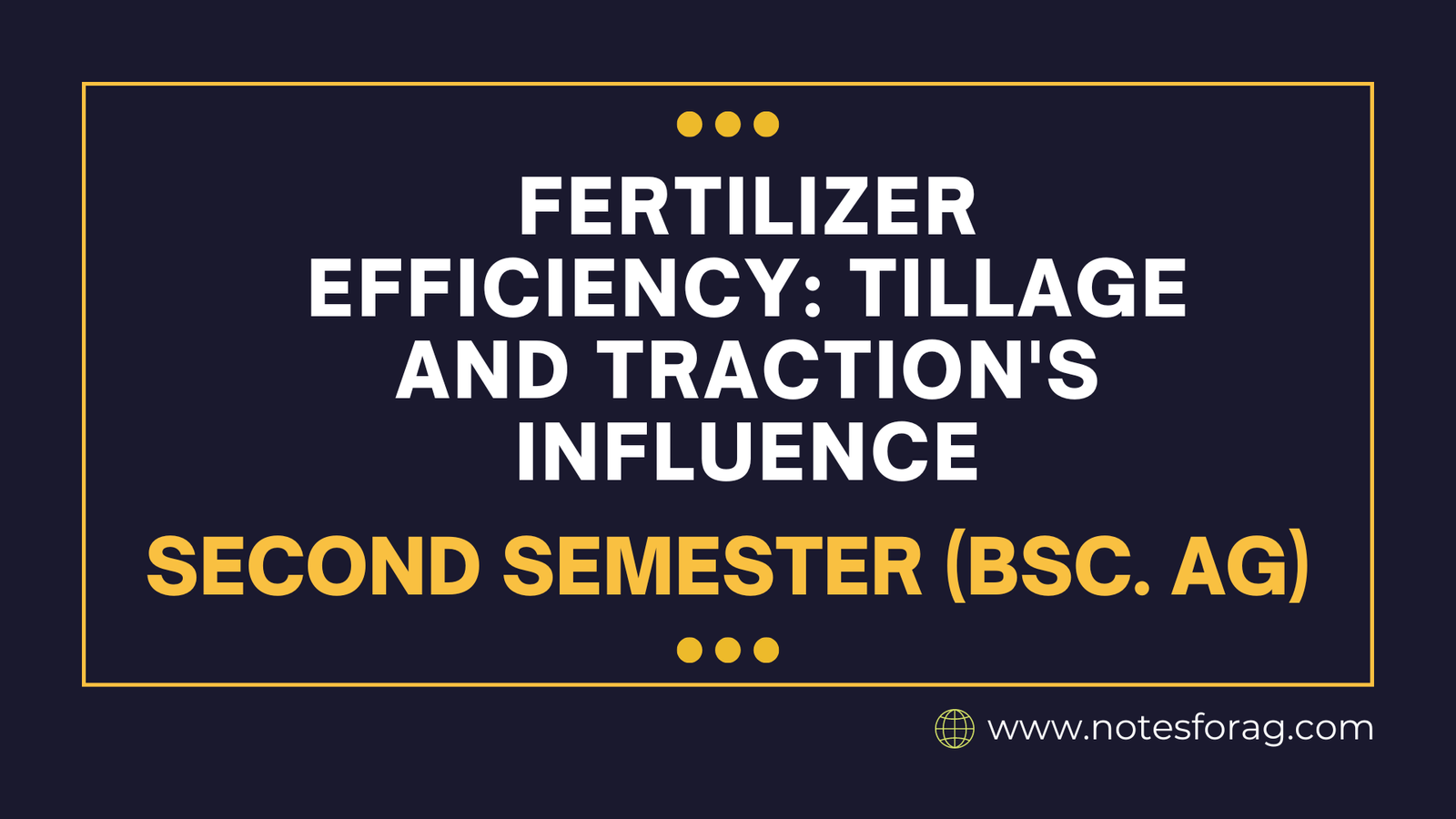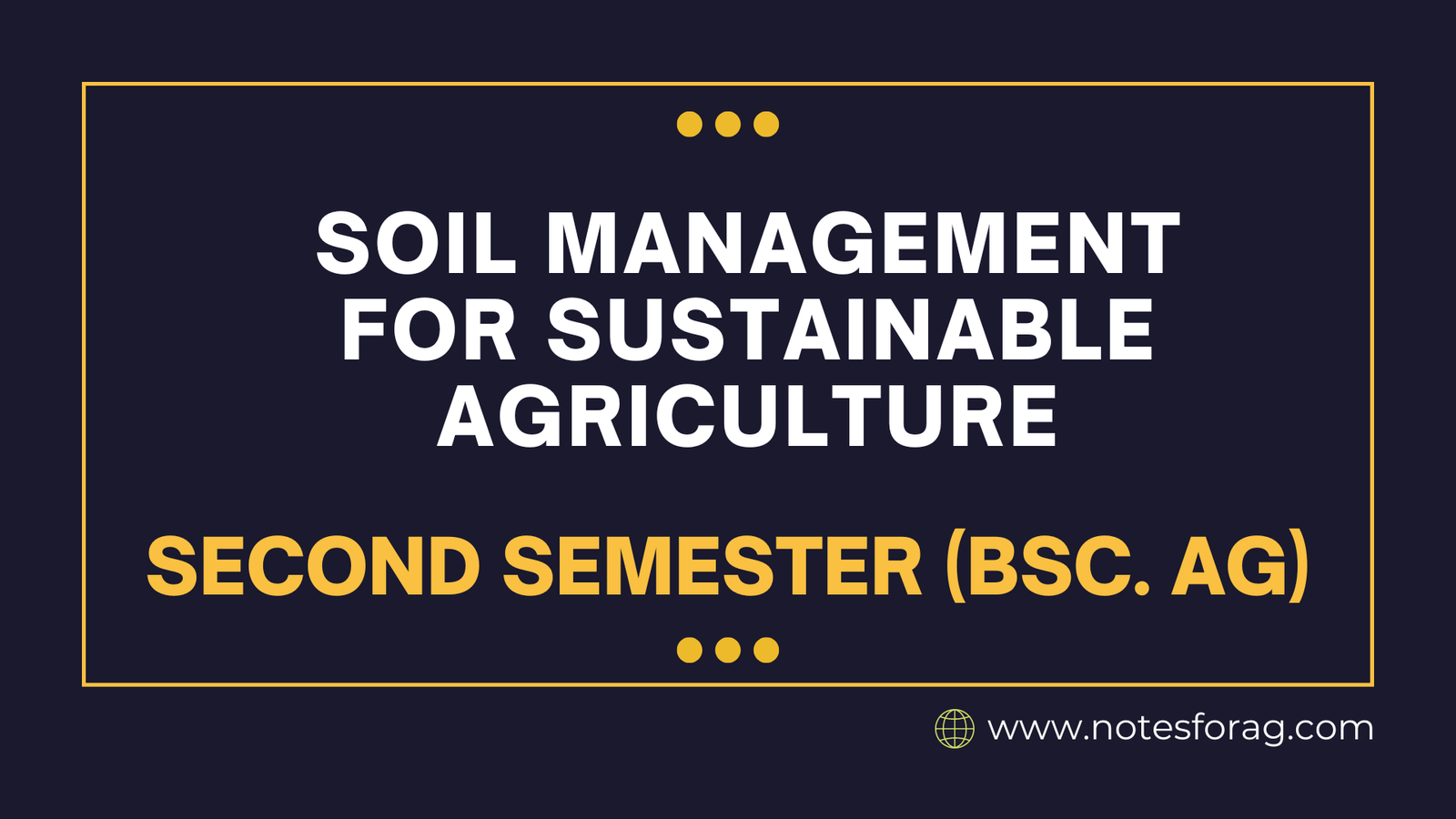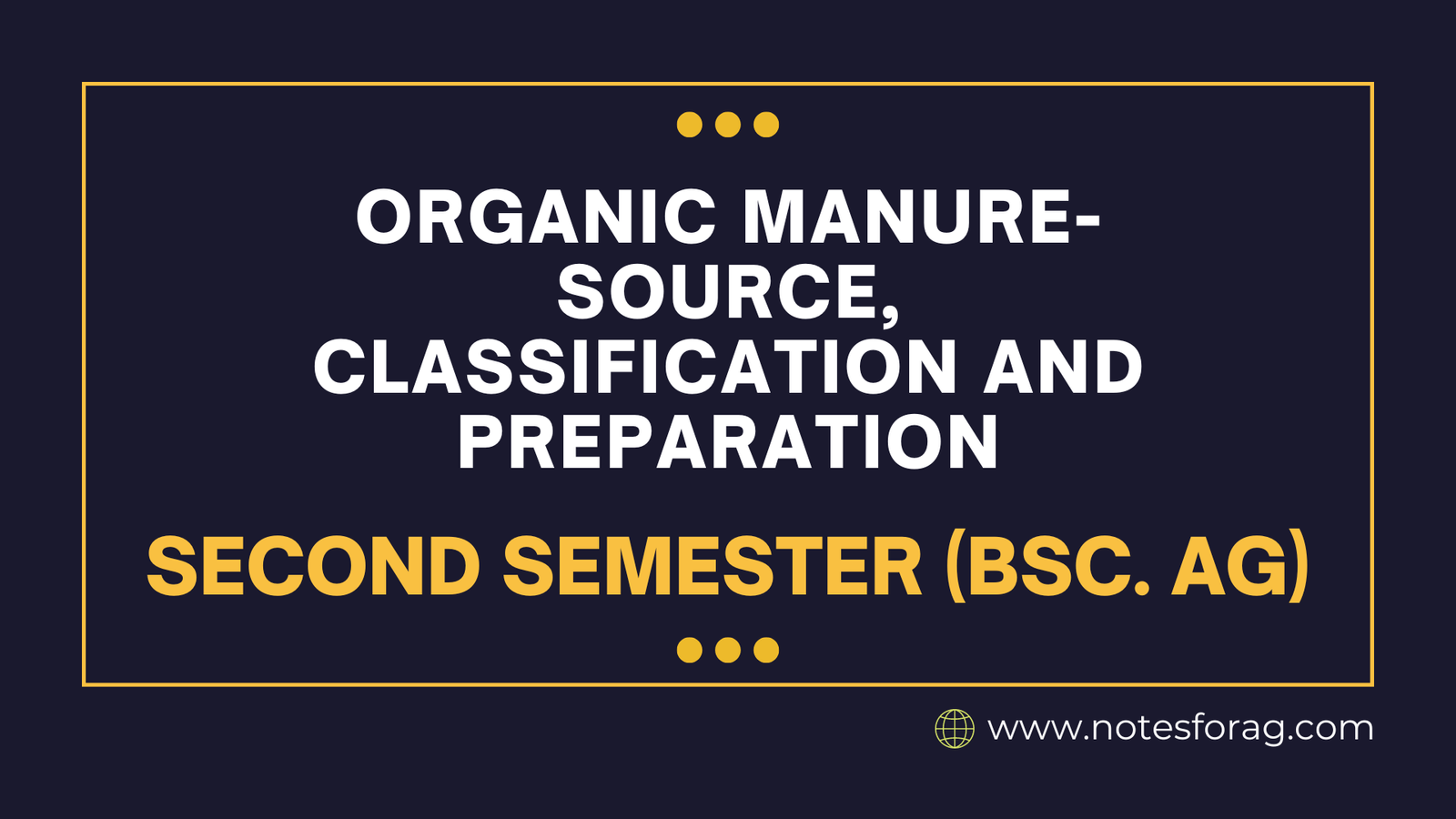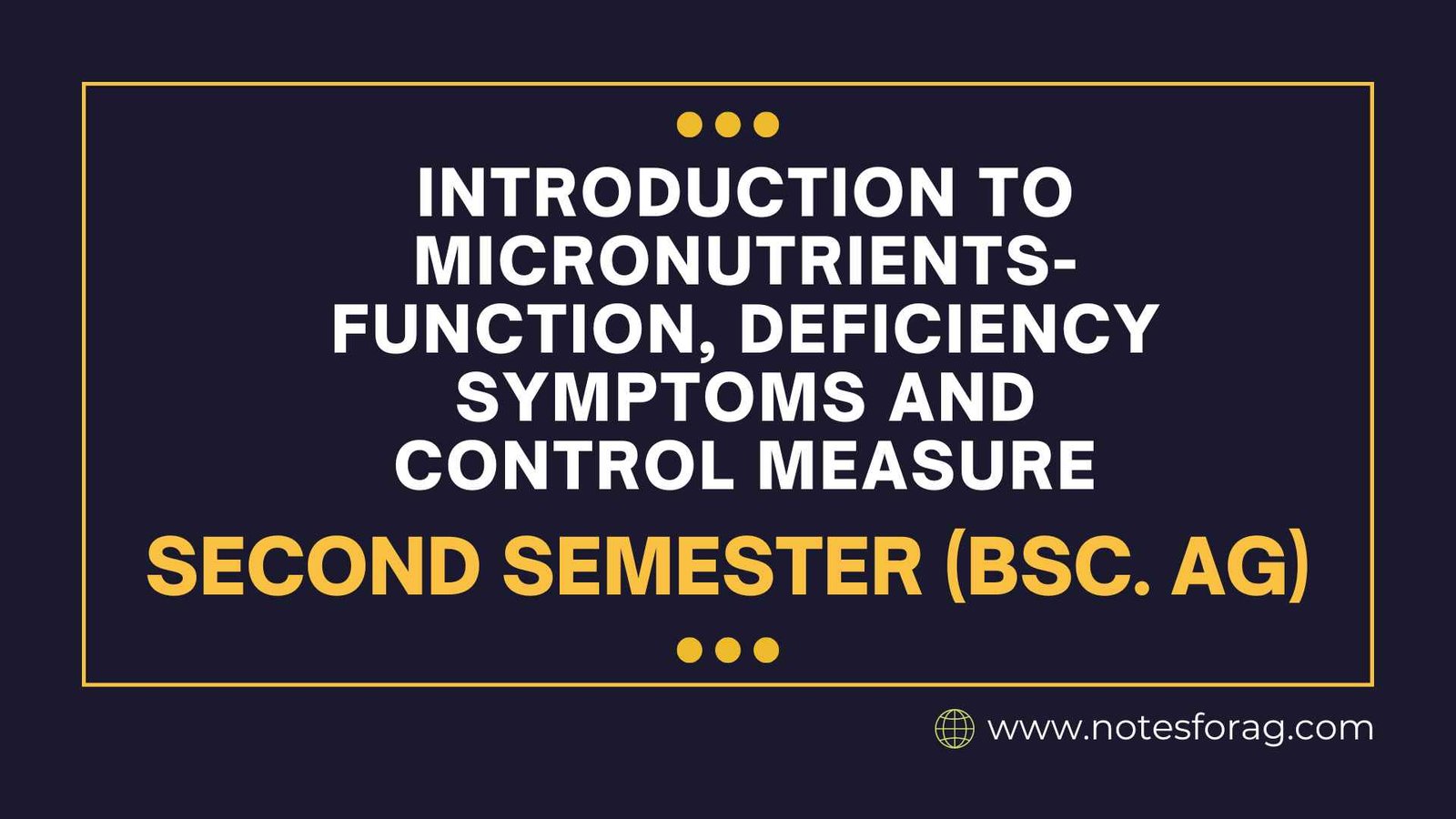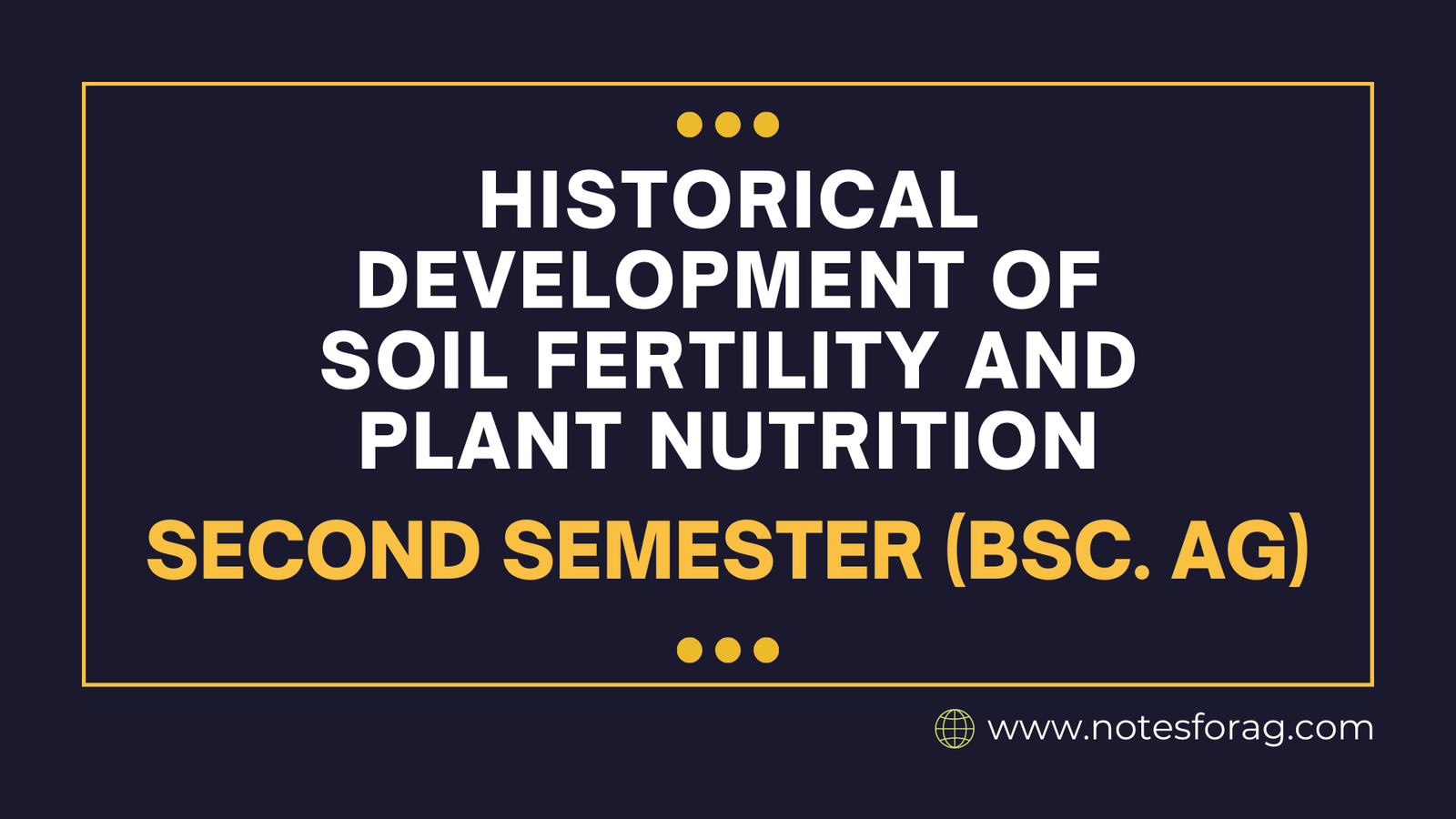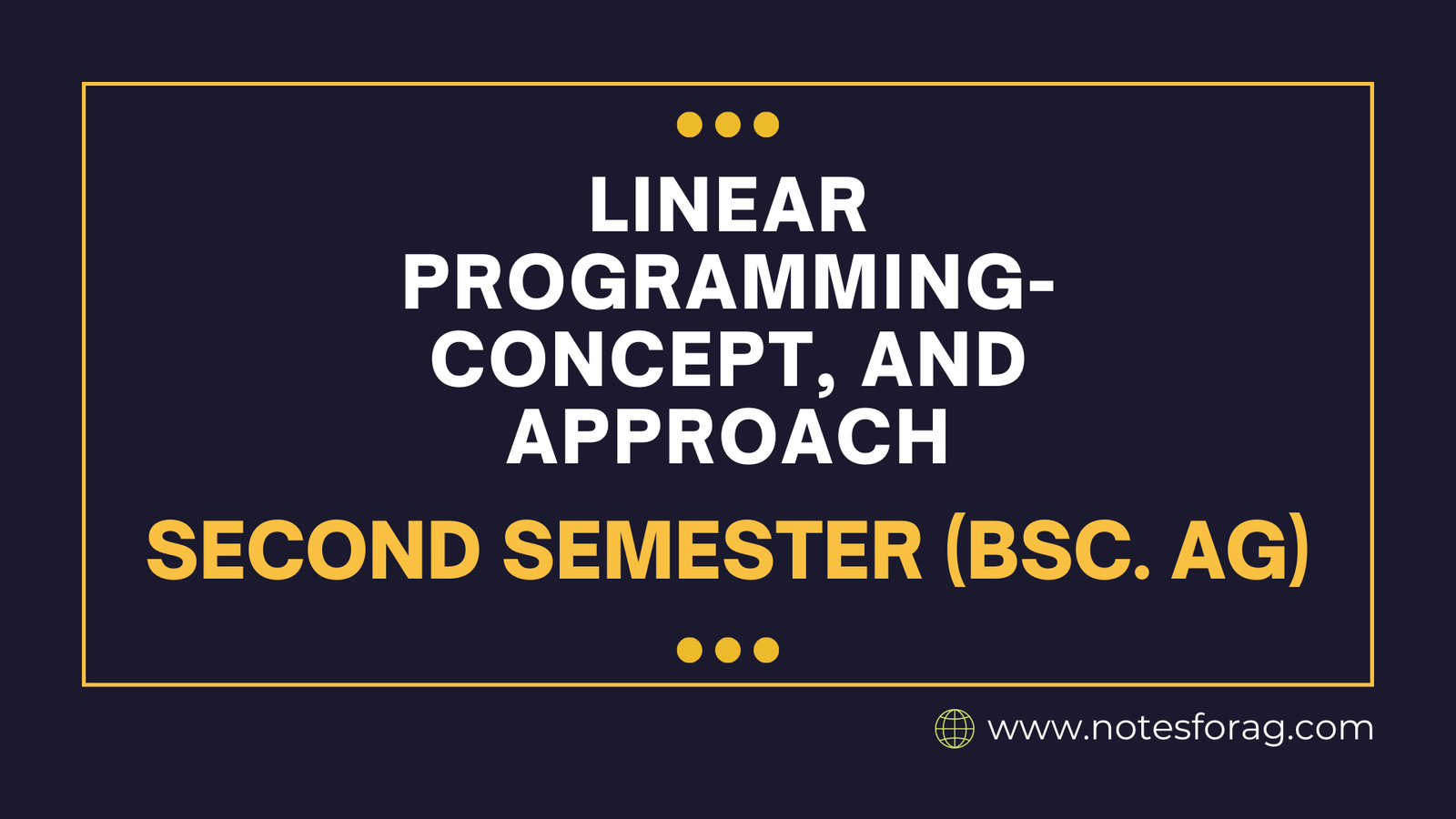Integrated Nutrient Management (INM): Concept, Relevance, and Key Components
Integrated Nutrient Management (INM) is a holistic strategy that integrates chemical fertilizers, organic manures, and biological sources to maximize crop nutrition and soil fertility. Maintaining agricultural output, enhancing soil health, and reducing environmental effects are its main objectives. Given the growing need for food worldwide, the deterioration of the soil, and the requirement for sustainable … Read more

